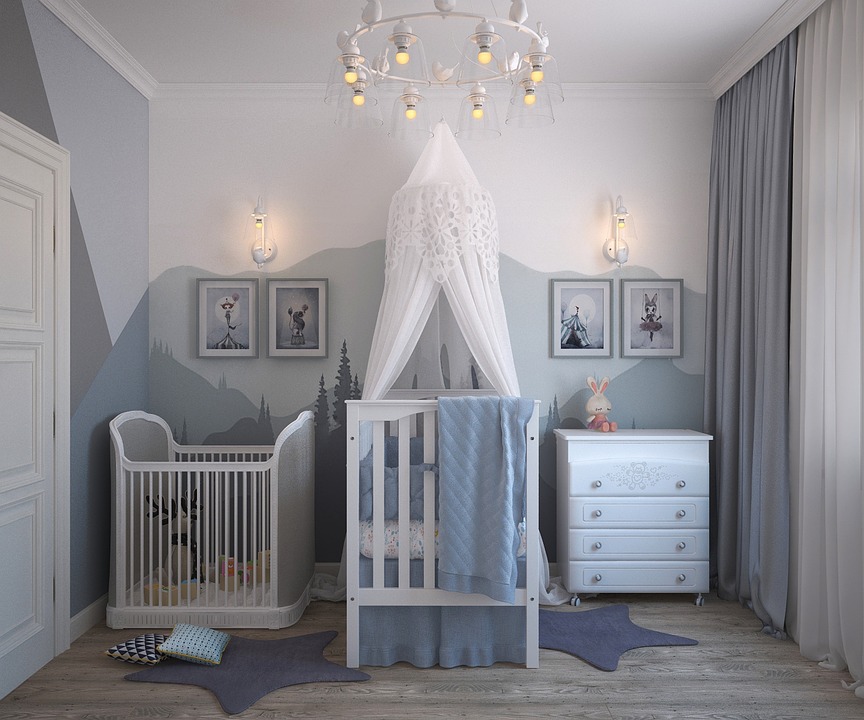As a parent, you want the best for your baby in every aspect of their development. From their first word to their first steps, every milestone is important. But what if your baby is experiencing issues with head shape development? This is where helmet therapy comes in.
The Importance of Helmet Therapy
Helmet therapy, also known as cranial orthosis, is a non-invasive treatment that helps correct the shape of a baby’s head. It is commonly used to treat conditions such as flat head syndrome, also known as plagiocephaly, and other cranial irregularities.
During the first few months of life, a baby’s skull is still soft and malleable. This makes it susceptible to molding based on external factors such as sleeping position, positioning in car seats or strollers, and other routines. In some cases, these factors can lead to an uneven or misshapen head.
Helmet therapy works by providing a supportive and protective environment for the baby’s head to grow and develop into a more symmetrical shape. The helmet is custom-made to fit the baby’s head and is worn for a prescribed number of hours each day, typically around 23 hours, allowing for breaks for bathing and cleaning.
Research has shown that helmet therapy can be highly effective in correcting head shape irregularities when started at a young age. Not only does it help improve the physical appearance of the head, but it also supports healthy brain and skull development.
Is Helmet Therapy Right for Your Baby?
If you notice that your baby’s head is developing unevenly or if you have concerns about their head shape, it’s important to consult with a pediatrician or a specialist in cranial deformities. They can evaluate your baby’s condition and determine whether helmet therapy is the right course of action.
It’s also important to remember that every baby is unique, and what works for one may not work for another. The decision to pursue helmet therapy should be made in consultation with medical professionals who can provide personalized guidance based on your baby’s specific needs.
What to Expect During Helmet Therapy
Helmet therapy typically involves regular visits to the healthcare provider to monitor the baby’s progress and make adjustments to the helmet as needed. It’s important to follow the prescribed wearing schedule and care instructions to ensure the best results.
While helmet therapy may initially seem overwhelming, many parents find it to be a positive and rewarding experience. Seeing improvements in their baby’s head shape and knowing that they are promoting healthy development can be very gratifying.
Conclusion
Helmet therapy can be a valuable tool in supporting your baby’s development, especially when it comes to addressing head shape irregularities. By seeking guidance from medical professionals and following their recommendations, you can help ensure the best possible outcome for your baby.
FAQ
How long does helmet therapy typically last?
The duration of helmet therapy can vary depending on the severity of the head shape irregularity and the baby’s individual response to treatment. In general, it can last anywhere from a few months to several months.
Is helmet therapy painful for the baby?
No, helmet therapy is not painful for the baby. The helmet is lightweight and designed to provide a comfortable and secure fit. Babies typically adapt to wearing the helmet without any issues.
Can helmet therapy be effective for older babies?
While helmet therapy is most effective when started at a younger age, it can still be beneficial for older babies with head shape irregularities. It’s best to consult with a healthcare provider to determine the potential for improvement through helmet therapy.
[ad_2]



















コメント